Brewery Showcase | Brickstone Brewery
Brickstone Brewery has won medals at FoBAB, the World Cup, and GABF. One can find Brickstone at every Jewel, several Buffalo Wild Wings, throughout Guaranteed Rate Field (White Sox games), at beer fests — and even gas stations these days. It’s tough to find a Chicago-area bar without some tap handles adorned by Brickstone artwork. Yet, most Chicago-area beer fans have never been to Brickstone. Born of a family-restaurant in the 1990s, the Bourbonnais business added a brewery in 2006 and has since evolved into a dually-located, full-fledged, 9k to 10k barrel-per-year brewery (with a capacity for 18k) and, as it always has been, family restaurant. Located 45 miles south of downtown Chicago, Brickstone has simultaneously discovered a way to cater to its local clientele while also existing among the biggest names in Chicago beer.
Before Brickstone, there was Green Briar
Family restaurant veterans Helen & Ted Giannakopoulos—great Greek-Chicagoan names, to say the least—opened Green Briar in Bourbonnais in 1996 after previously operating a restaurant in West Kankakee Illinois.
And then, in 2005, a new thought emerged—beer.
The family’s next generation, some of whom had dabbled in home brewing, pondered about what might a good move for the business looking forward. So, at a time when no one had ever heard of Revolution, Half Acre or Metropolitan; when 85% of today’s Illinois’ breweries had yet to open, Ted & Helen, Betty Vasilakis (Helen’s sister), George & Dino (Helen and Ted’s kids) and Tommy & Tina (Betty’s kids) bravely entered as a family into the land of brewing.
The first beers were brewed in the same pots used to make soup. At the end of the day, the pots were cleaned and the brewing began. It wasn’t until 2008 that a true brew house with real equipment was set up and, as Brickstone Brewer and Illinois Craft Brewers Guild Secretary Alex Lovinggood comments, “things started really happening.”
It was no small decision, either, to renovate a restaurant and put in a brew house. “Seats in a restaurant is money. Take out seats equates to a financial loss, notably when beer takes a while to get made,” explains Lovinggood.
Growing as a Brewery
It’s almost impossible to imagine that a brewery with such humble beginnings would eventually be found in almost every corner of Chicago, but the combination of restaurant experience, passion and most importantly, exceptionally good beer, has turned Brickstone into a big player.
One smart move involved hiring Jim Cibak, who went on to become head brewer and integral figure at Chicago’s Revolution Brewing; he worked at Brickstone as an adviser and brewer for roughly a year as Brickstone converted from soup pots to a brew house.
From there, the brewery started producing larger quantities of beer and entering small competitions from time to time.
“2012 was the first year we entered a national competition,” notes Lovinggood. “It was for the APA in World Beer Cup. That was when it was in San Diego. None of us even went out there. In fact, Jim Cibak called us and said, ‘Are you watching this? You won.” Indeed, they took home the bronze.
Entering competitions involves more than just medal hunting. Brewers can receive valuable input from judges as to positives and negatives regarding one’s beer. Though the Bronze was great to receive, the feedback mentioned a few comments that made Brickstone brewers address a small issue with the water. A judge recommended they tweak the water a bit.
Sure enough, six months later with better water—and the inclusion of Citra hops—the APA won gold at GABF… and it’s still as good as ever.
(Read Brickstone Brewery | Brickstone APA)
In fact, the 2012 GABF was historical in that all three APA winners came from the Chicago area—Three Floyds won Bronze with its Zombie Dust, Piece Brewing in Chicago won silver for The Weight, and Brickstone APA took home the gold.
In other words, Brickstone did more than find its way into the Chicago Brewing scene; Brickstone helped put Chicago Brewing on the map.
Brickstone Goes Big
In 2015, the brewery took another huge step by opening a stand-alone brewery separate from its restaurant, as well as hiring Lovinggood—a more dedicated brewery and beer geek you will not find. The offers existed to expand to other towns, even in Chicago. But, as Alex notes, “It was always going to be in Bourbonnais. This is the town that made us.”
Twenty acres opened across the street from the restaurant, so Brickstone constructed a new brewery in the empty lot. The new brewery required the development of a new road which now enjoys the name: Brewery Lane.
The (at the time) 50-barrel production brewery (with 100 and 150-barrel fermenters) allowed Brickstone to go from successful brewpub (or a family restaurant that also makes beer) to a bona fide, well-known brewing brand name. Two years later (2017), the brewery installed two new 300-barrel fermentation tanks and a 150 barrel brite tank.
Let’s just say that would make a lot of soup!
There’s No Place Like Home
Today, Brickstone is a top-10 brewery in terms of beer production. Awards, good reviews, and lines at festival booths are commonplace for Brickstone these days. Still, no matter how big Brickstone gets, now matter how much beer is brewed; the heart and soul of Brickstone is its restaurant, its hometown and the family.
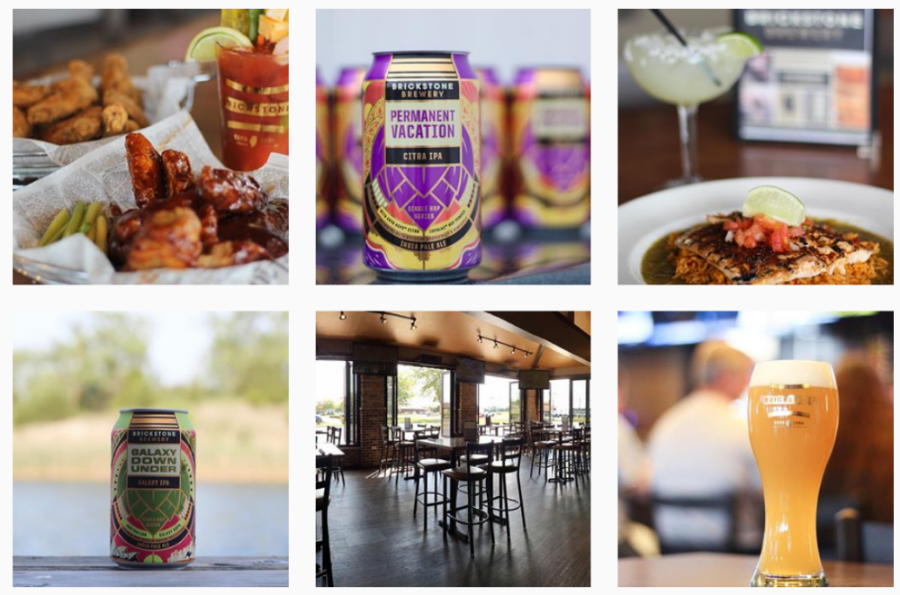


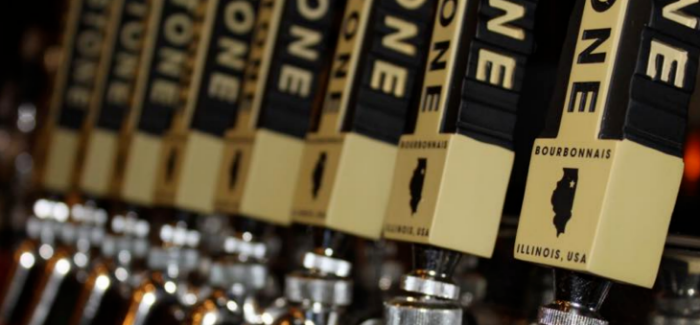

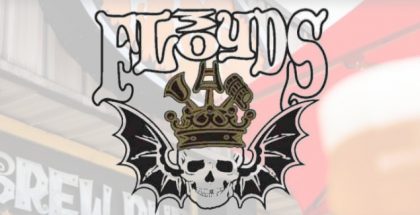
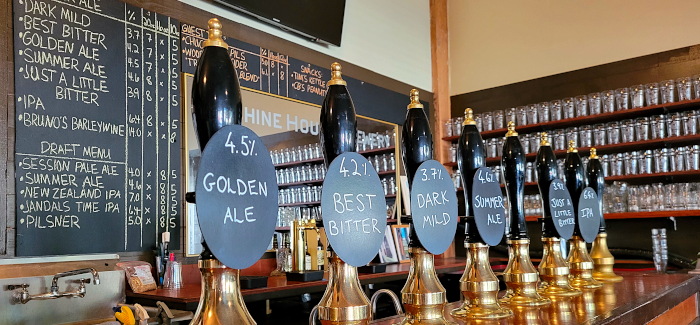
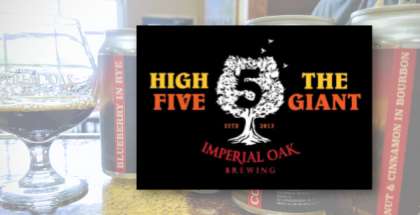
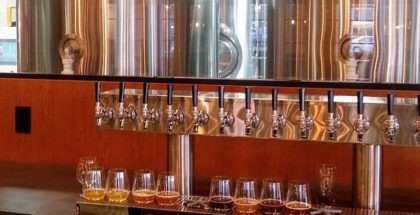
Submit a Comment